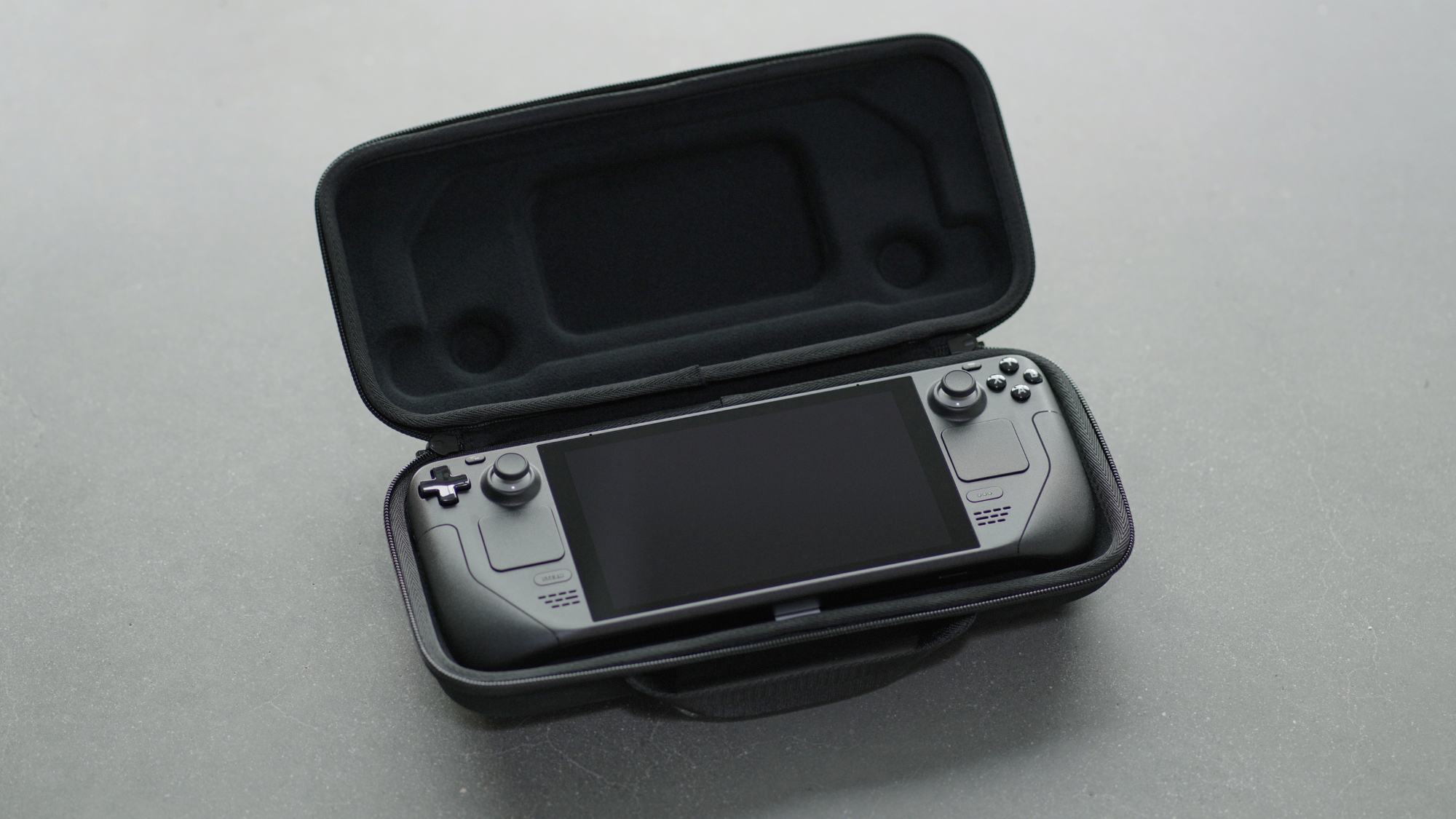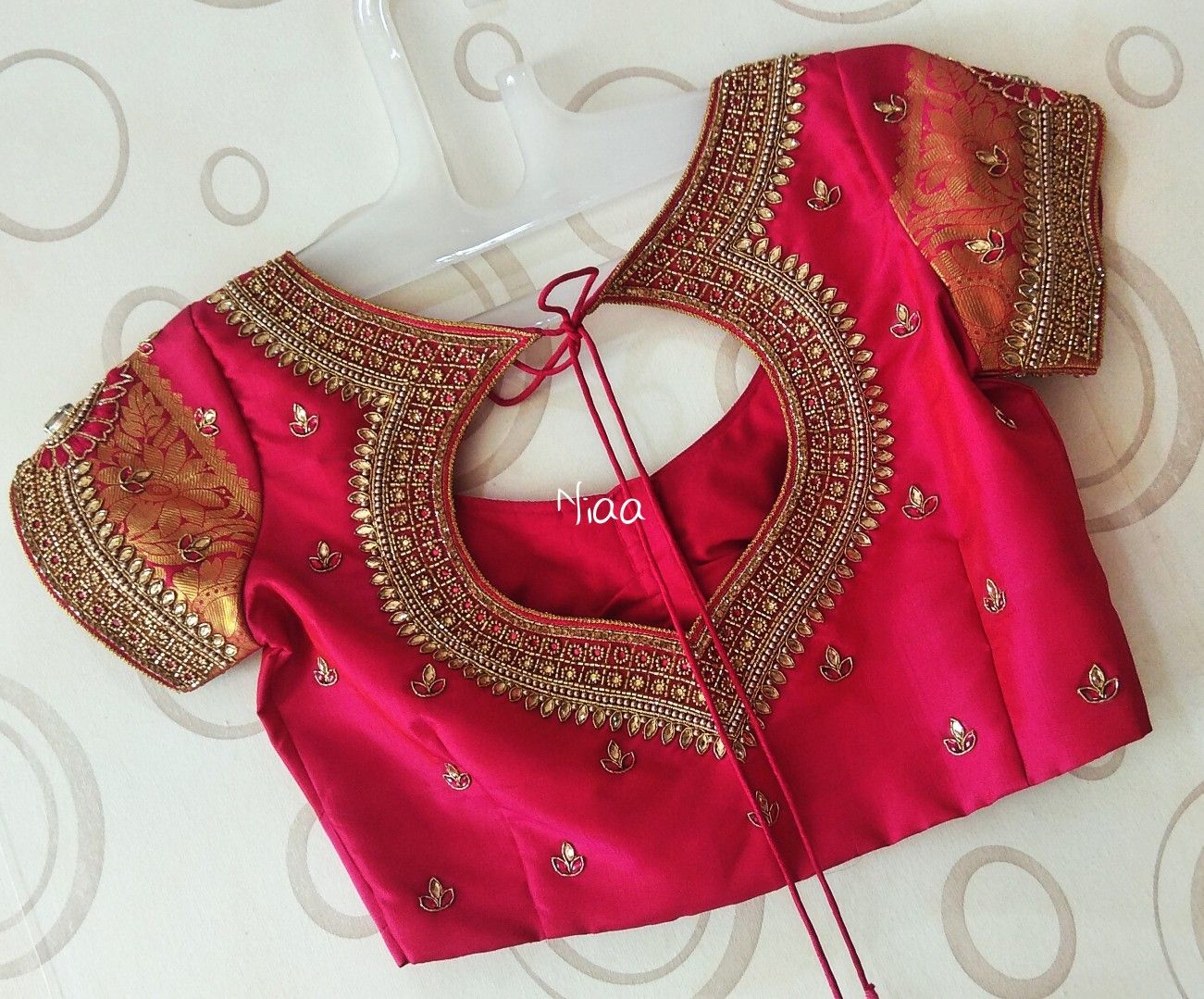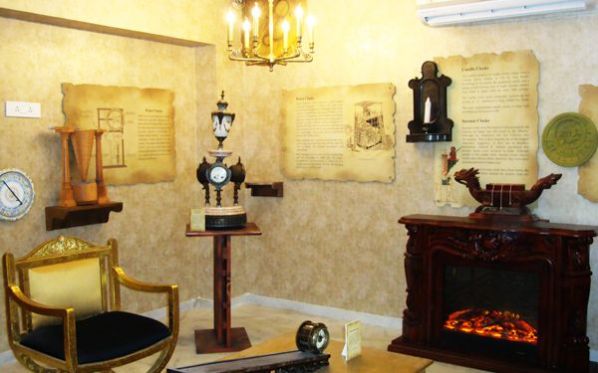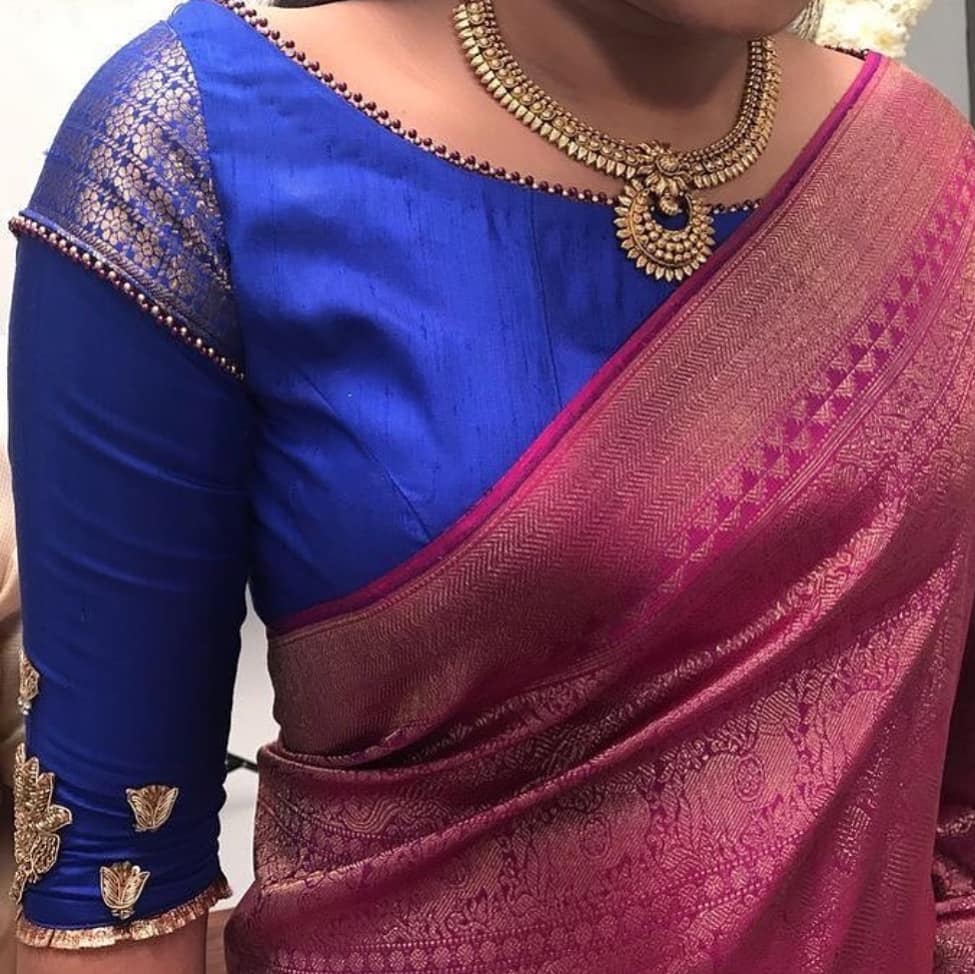Table Of Content

Austin notes that when integrating design teams to work on projects, there are various organizational models to do so—some of which are consciously designed processes, and others haphazardly designed processes. For example, if designers don’t have the tools they need to finish work quickly, employees in the marketing department may have to wait longer than they’d like for brochures, print advertisements, and other designs. This can prevent the marketing department from launching new campaigns on time. If the product design team misses deadlines, the company may not have the digital products it needs to remain competitive.
Online Design and UX Communities
Unlike the program manager, who provides support at the organizational level, a producer provides support at the project level. A producer also focuses on optimizing design activities to increase efficiency and maximize output. One of the main goals of design ops is to determine how to work together to create maximum value.
How Were DesignOps Definitions Analyzed?
The role of a designer is a far cry from simply “making things pretty”, but involves a ton of research and a solid knowledge of all technical implications concerning the end product. As a freelancer, I usually dip my toes into people operations and always try to be an integral part of the workflow operations because this is where I can achieve the most impact as an external capacity. While business- and people operations are important, defining and optimizing the workflow in a design team has a more visible and measurable impact. Starting in print design, I soon entered the digital world and fell in love with UX almost - if not more - than Design. For me, User Experience Design is building the foundation and framework for a digital product whilst keeping open communication with all team members involved in the process. ResearchOps tools, such as UXtweak, help organizations collect valuable insights from users further to enhance the design and usability of products or services.

Step 2: Define DesignOps Value
All the while, more experienced individuals will get the opportunity to be promoted to more senior roles. DesignOps plan and manage the design process by creating design systems and mapping out the design tools that the team needs. They create the frameworks of how the design team should collaborate with product teams and any other team within the entire organization. Austin Beer, Experience Designer at Elephant, offers a distinction to what design operations emcompasses.
What is DesignOps? The essentials of DesignOps
Digital product design is a multi-layered job that requires different experienced units in particular fields. Just as there is a need for a separation between UX and UI design with two distinct experts handling each, there is a need for a dedicated DesignOps person. This will help you and your team evaluate the advantageous areas that generate ROI, eliminate the biggest setbacks, address the pain points in the design process and start the optimization from there. Holding company and team meetings can equip you with this valuable information.
Calvin Klein Restructures European Design Operations, Focuses on U.S. - WWD
Calvin Klein Restructures European Design Operations, Focuses on U.S..
Posted: Wed, 10 Jan 2024 08:00:00 GMT [source]
This ultimately allows for effective programme management as insight empowers the business to always work on the areas of highest impact. While I try not to blame tools, it certainly helps when they’re fit for purpose. I work with design and procurement teams to choose, build and operationalise an effective set of tools that allow delivery with high competence.
How to get started with DesignOps?
In the long run, burdening designers with other tasks may hamper the quality of their work. The design operations manager acts as the liaison between the design team and the rest of the organization. In this article, we’ll explain what DesignOps is and how you can use it to improve the digital design system in your organization. We’ll discuss areas such as cross-team collaboration, goal setting, and information exchange systems, along with using the right DesignOps software. To understand the crux of DesignOps, imagine a designer and their work in the center of a graph. Then, processes and methods frame those, creating form and organization.
Marble – UAV Design and Operations Engineer – sUAS News – The Business of Drones - sUAS News
Marble – UAV Design and Operations Engineer – sUAS News – The Business of Drones.
Posted: Fri, 19 Apr 2024 15:11:49 GMT [source]
After you identify team members with those skills, make sure each person’s role is as clear as possible. It’s also important to establish open lines of communication to ensure team members feel comfortable sharing ideas with the head of design and stakeholders in other departments. A Design Operations Manager is responsible for the implementation of DesignOps practices within a design team. They focus on process optimization, team culture, resource management, and ensuring designers have the tools and support needed to deliver high-quality work efficiently. Getting started with DesignOps requires a strategic approach, a commitment to continuous improvement, and collaboration across teams.
She points at differences even between a team of two initial designers within a company—with one needing to take the operational lead to manage early development of processes and educating the broader company about design. Any change or initiative you want to implement in your company requires buy-in from all levels of the organization. This usually starts from the management level.For example, if a new type of software is introduced to save on costs and promote flexibility, all company teams should be aware of its importance. This can lead to more engaged and committed teams, as your staff feel they’re part of the decision-making process and understand how their work contributes to the company’s goals. Lifelong learning is critical for designers, and as design association, AIGA wants to help both design professionals and the profession.
In order to ascertain whether the DesignOps practice really works, it is necessary to assess the strides and the impact that the DesignOps specialist makes on the project. The goal for DesignOps stage one is to identify bottlenecks and issues and prioritize fixes accordingly. Some of these DesignOps must be solved, while others will fall on design leadership. This article explores four stages of DesignOps maturity and the goals you should set at each stage to scale and grow your team. That being said, it’s also important to measure goals’ achievement progress.
By hiring the right people, taking care of their development, and giving them the support, resources, and infrastructure they need to succeed, you are on a great track to build a truly empowered design organization. The most important thing is to start acknowledging DesignOps, consciously decide who in the team should be responsible in which area, and review the health of design operations practices regularly. DesignOps is all about having a straightforward, efficient, and scalable process of how ideas go from concept to production. This helps establish common standards and improve the overall predictability of the design process. DesignOps ranges from workflow optimization to maintaining design systems to hiring and training design team members.
And here DesignOps comes to the rescue, removing unnecessary responsibilities from them. New ideas and trends frequently appear in the design community, and DesignOps is one of them. Let’s figure out what the new approach is, what problems it solves, and whether a company needs a separate DesignOps team.
At the same time, they evaluate and synthesize them to create the best one. One designer, i.e., the ‘navigator’, focuses on brainstorming and generating ideas. Meanwhile, the other designer acts as the ‘synthesizer’, and analyzes and raises questions to validate the designs. This approach can help the pair of designers to come up with ideas and evaluate them effectively. With DesignOps, you can find and eliminate inefficiencies in the design workflow. As a result, by optimizing work and team performance, you might avoid unnecessary hiring.
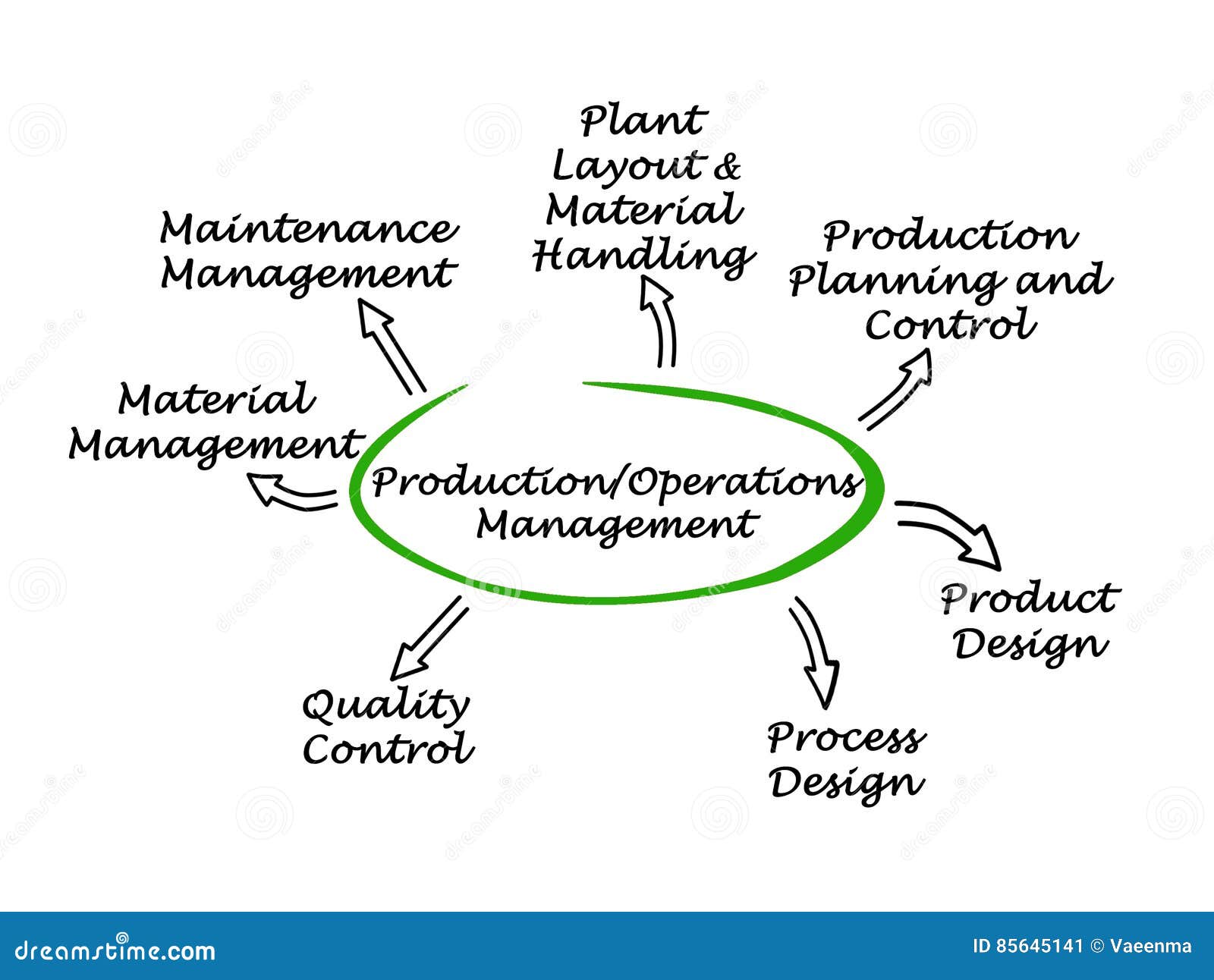
To achieve the above there is a lot for designers and the rest of the product team to overcome. Join our 12 week virtual learning cohorts for DesignOps practitioners to level-up skills and master new design tools and methodologies with peers & experts. There are several acute issues that can be solved with DesignOps to support designers. As a firm grows, designers face the same problem - they have to perform non-design tasks.
So, the shape of DesignOps will and should look very different from one organization to the next. And the focus of DesignOps within a single organization might shift as challenges evolve or change over time. A flexibility strategy enables businesses to rapidly adapt to changes in the market landscape and customer demands, as well as internal circumstances.

